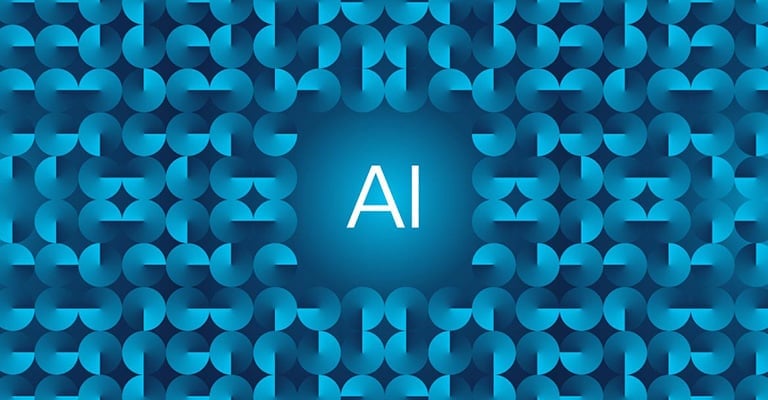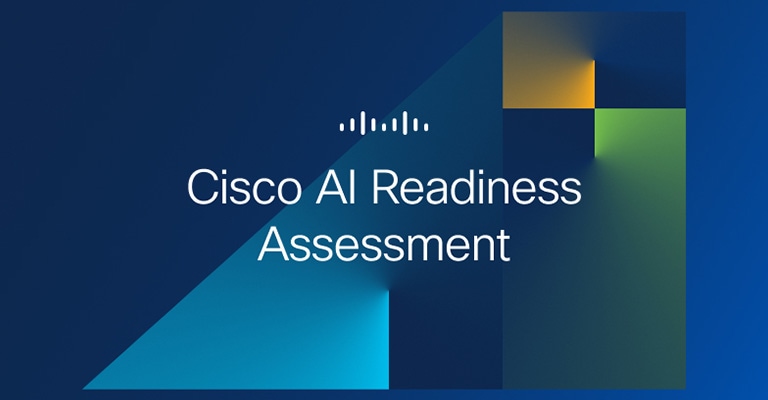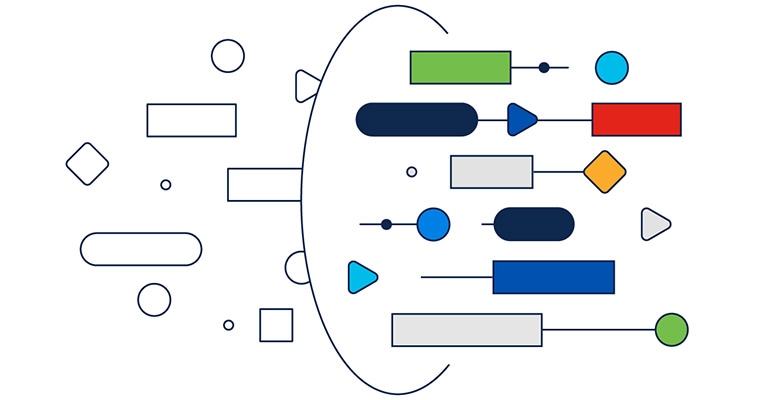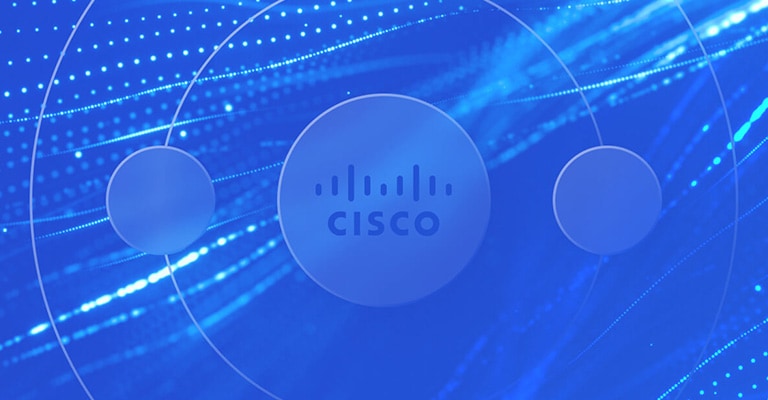
Cisco AI Readiness Index
Intentions outpacing abilities
The acceleration of artificial intelligence is fundamentally changing our world. In a global survey of private sector professionals involved in AI integration and/or deployment, we found that:
It’s no surprise, then, that in the past six months,
As companies worldwide navigate the evolving AI landscape, the question remains: are they prepared to fully adopt, deploy, and harness the power of AI?
While planning is underway and intentions are good, organizations have more work to do considering only:

Businesses need to be AI-ready
Businesses need to be AI-ready in a way that is flexible, scalable, and provides industry-wide interoperability. Cisco’s AI Readiness Index measures the readiness of global companies to deploy AI solutions across six pillars:

Strategy
How clearly defined is an organization’s AI strategy, who owns it, and how is it being prioritized?
Infrastructure
What is an organization’s compute power, network performance, cybersecurity capabilities, and readiness to support increased power consumption?
Data
What is the quality and centralization of in-house data, the sophistication and scalability of analytics tools, the proficiency of staff in leveraging AI data sets and analytics tools, and the quality and reliability of external data?

Governance
How and where is data being stored, processed, and evaluated for policy compliance?
Talent
Do companies currently have adequate talent to match their AI goals, and what are the steps being taken to ensure proficiency?
Culture
How receptive is each level of the company to the changes triggered by AI, and how are the possibilities that AI brings being communicated through change management?
A look at global readiness
When it comes to global AI readiness, intentions might outpace abilities, as 86% of organizations worldwide are not fully ready to integrate AI into their businesses. Globally, respondents score highest for readiness in Strategy; plans, budgets and good intentions for AI implementation are taking the lead. However, scores trail significantly across other categories, and respondents’ scores are lowest for Culture and Data.
This indicates that companies are still wrestling with how to address AI across their organizations—not just from a technology perspective, but also among the humans who are ready (or not) to use that technology.
Find out how peers in your region, industry, and market compare when it comes to AI readiness:
Global readiness
The impact of AI readiness
AI is multifaceted, and it helps to have a trusted business partner that’s multifaceted as well — one to help bridge the gap from strategic vision to executing at scale. Organizations that have the capabilities to leverage AI’s full value will not only have a competitive edge but will also be perfectly aligned to thrive in the AI-dominated future.
Liz Centoni
EVP, Chief Strategy Officer and General Manager, Applications
Methodology
The Cisco AI Readiness Index is based on a double blind survey of 8,161 global private sector businesses and IT leaders involved in AI integration and/or deployments across 30 markets.
The research was carried out by an independent research company between September and October 2023.
Each company's scores were determined by their level of deployment and clarity in the six different pillars. These scores for each area were combined, taking into account the importance of each area, to create an overall score for each company in their respective markets.
The companies were placed in four stages of readiness based on their overall score:
Fully Prepared – Pacesetters
Companies that have a score higher than 86 (out of a maximum of 100)
Moderately Prepared – Chasers
Those with a score between 61 and 85
Limited Preparedness – Followers
Those with a score between 31 and 60
Unprepared - Laggards
Those with a score between 0 and 30









